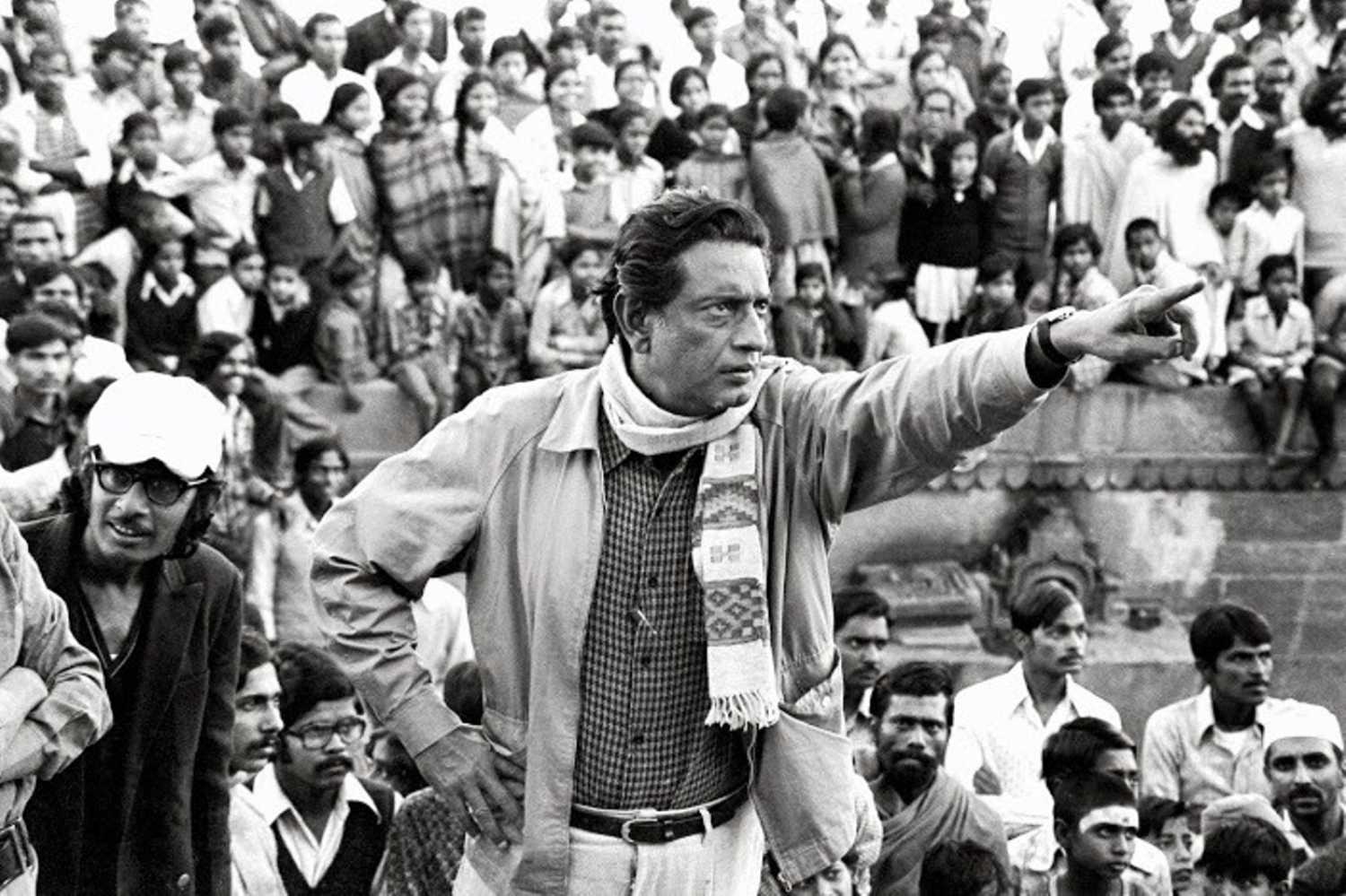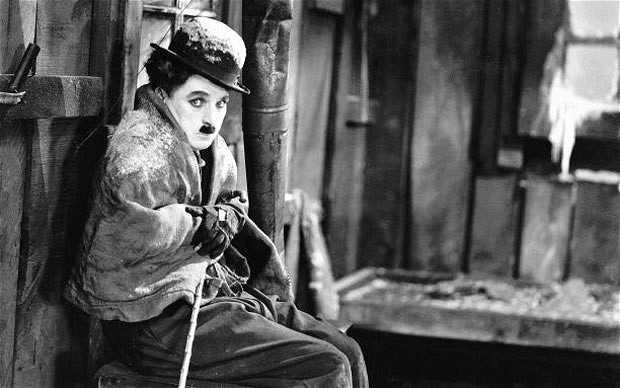The film opens with a shot of the beautiful alta adorned feet of a child bride, Bulbbul, dangling from a tree in a sun-kissed setting of pre-independence, rustic Bengal, depicting playfulness, freedom, and adventure. The next moment you see the girl’s aunt putting a toe ring (bichiya) on her and explaining how this trinket is used for keeping girls in “control” (vash). Bulbbul who is perhaps no more than six years old innocently asks what “vash” means, a question she painfully finds an answer to, as the film progresses and she matures into an adult. While the word “vash” has undertones of sorcery and superstitions, in everyday life it translates into subjugation and power of one sex over another. There are multiple aspects to admire (and few to quibble over) in Bulbbul, written and directed by Anvita Dutt and produced by Anushka Sharma and Karnesh Sharma but what appealed to me as an audience most was how women in the film are tamed and taught lessons about boundaries and transgressions and a peek into the central character, Bulbul is important to understand who these women are who need to be tamed and punished.
On the journey to her in-laws home in a palanquin, a fatigued and sleepy Bulbbul is frightened when she suddenly wakes up among strangers, a teenage brother-in-law, Satya and a mysterious sister-in-law, Binodini (Paoli Dham). It is from this moment Bulbul begins to find comfort in Satya who offers to tell the scared and lonely bride a story. What is interesting to note here is that Bulbbul eagerly asks if it is a spooky one revealing her penchant for dread and mystery. The young Satya goes on to narrate a tale about a blood-thirsty witch who leaps from one tree to another looking for a prey to pounce upon at night and to anybody who is familiar with popular tales of witches, the imagination of the witch is incomplete without one detail- inverted feet. At the outset, therefore, it is established that the film associates multiple meanings attached to a woman’s feet.
One realizes that Bulbbul does not fear horror stories as much as she fears loneliness among people who neither understand her desires or her thirst for fantasy and adventure. This includes her Zamindar husband, Indranil (known as bodo thakur and played by Rahul Bose) presiding over a grand mansion, who is roughly 15 years older to her, Indranil’s identical twin brother with intellectual disability (Mahendra, played again by Bose) and Mahendra’s wife, Binodini. While Bulbbul continues to play the role expected of her as a wife, she cherishes the companionship shared with Satya, a bond build over creativity and story writing, something Bulbbul values more than her jewels and silks. Even when Binodini tries to slyly lure the adult Bulbul with ornaments, Bulbbul is shown to be restlessly longing for the company of Satya, clutching her diary of stories. Binodini even goes to the extent of suggesting that Bulbbul should replace her old toe rings with new, tighter ones signifying moral “looseness”. This reinforced with the song “kalankaini radha”, which is now caught in controversy. Bulbbul’s loneliness is accentuated when Satya (Awinash Tiwari), her only source of comfort, is sent away to London to pursue higher studies by an insecure and jealous Indranil. While Satya beams with happiness on getting this news, a heartbroken and anxious Bulbbul does not know how to express or hide her emotions or how it stop him from leaving (I am scared of being here alone, she says).
What is interesting are the details about regressive traditions and superstitions woven into the fabric of the film. For instance, in the scene set 20 years later where Bulbbul takes Satya to meet the shaven, widowed Binodini, one not only sees an outcast and further dispossessed woman clad in a white saree, but also a young child widow playing around. In the same scene Binodini tearfully attributes her husband’s death to the witch to which Bulbbul, interestingly, laughs and says even deaths caused from fever or falling from a tree are pinned on the witch. For a moment this line is perhaps an insight into the character with a scientific bent of mind but it is perhaps also a deeply meaningful reference to superstitions that continue to prevail in parts of India today and labelling of women as witches and holding them responsible for deaths and disease. Here one is reminded of the renowned, late Bengali writer, Mahashweta Devi’s short story Bayen (the witch) and how a fearless and feisty, young woman was punished and ostracised as a witch solely based on superstitions and lack of education. Set in rural Bengal, Bayen is again a story of a woman who did not conform. Just as Bayen turns the figure of the witch to stand for women who are wronged, Bulbbul provides a similar spin to the idea but by actually inserting an element of the supernatural.
Satya returns to the village 20 years later as an English educated Bengali bhadralok with a streak of rationality as he sets outs with his gun to hunt the killer who he believes is not a witch but a mortal being on a killing spree. But if we consider this as his modern sensibilities, it is revealed to be selective. Upon seeing Bulbbul, a woman managing the affairs of the village Satya mocks her: “are you role-playing as the thakur?” (thakur thakur khel rai hai?). Later with more ego he assertively tells Bulbbul “Now I am back, you should take rest” (“ab huma gaye hai bhabhi, ap aram karien”) establishing hierarchies of patriarchal power in the family. Showing his discomfort and “disapproval” of Bulbbul’s friendship with a young doctor, Sudip (Parambrata Chatterjee) he reminds her subtly that she may be losing her faculty to distinguish right from wrong and has forgotten her sense of modesty and rightful “place”(sharm and maryada).
The beauty of the film lies in the revelations and the discovery and evolution of each character. While the audience will grow fond of the young Satya, in the beginning, as Bulbbul’s childhood companion who comforts her, his return to Bengal as an adult who is convenient in his progressive ideas and preaches his sister-in-law about maintaining boundaries and shame exposes his sexism and hypocrisy. “I don’t know whether he [referring to Indranil] will take you back” he tells Bulbbul. As the story goes back and forth and gradually unravels one sees how a once demure Bulbbul transforms [for lack of a better word] into a more enigmatic, bolder, carefree spirit with a dark sense of humour. It is remarkable how Tripti Dimri plays the two different personalities with so much ease and grace.
Similarly, the character of Binodini which the audience might disdain in the beginning for being manipulative later evokes some sympathy when she mechanically goes around the room re-telling how she was coaxed into getting married and told to suffer in silence “chup rehna”. The power keeps shifting between Binodini and Bulbbul but there are moments when they both connect over oppression and injustice done to them. One almost wonders if Bulbbul also liberated Binodini from an unhappy relationship the night she killed her rapist?
Indranil, at first, a composed yet authoritarian lord smitten by Bulbbul’s beauty is gradually revealed to be cold, calculated and horribly violent. While the newly married Bulbbul is told “that she will learn to differentiate between the husband and brother in law” Indranil himself continues to maintain a sexual relationship with his brother’s wife. Binodini is told to keep Mahendra, her own husband in check, reminding a woman that the onus is on her to prevent her man from “faltering”. In what is the most insufferable and violent scene of the film Indranil unleashes his anger and hits his wife repeatedly with the fire poker and damages her feet as a punishment for what he considers a transgression. Where the instances of adultery and sexual violence committed by men are to be kept under wraps, the women are constantly chastised and punished for having desires and seeking self-fulfilment. Perhaps, Dr Sudip (Parambrata Chatterjee) is the only compassionate character in the film who talks about setting his own boundaries.
Bulbbul’s dangling feet in the beginning of film, the fact that she runs around the mansion without a footwear, something she is chastised for by her husband, is representative of her free spirit which is first tamed metaphorically by putting a toe ring and then later almost literally by brutally damaging her legs with an iron rod. Interestingly, the emotional, sexual and physical assault fails to impair or contain her free-spirit, rather it liberates and she metamorphoses into someone who can fly and leap- true to her name- taking us back to the first conversation between the child Bulbbul and her aunt about how the girl will fly away if she not controlled. Barring some trivial flaws and a not-so-satisfactory ending to an otherwise fabulous story, Bulbbul is a fine film to watch.
Sriti Ganguly is pursuing her Phd from the School of Social Sciences, Jawaharlal Nehru University, New Delhi.














